Types of Steel: A Quick Overview
Steel is one of the most versatile materials used across various industries. Its properties and applications vary depending on its type. Let’s explore the key types of steel to understand their unique characteristics.
Carbon Steel
- Low-Carbon Steel: Soft and malleable, perfect for pipes and auto parts.
- Medium-Carbon Steel: Stronger, used in gears and structural components.
- High-Carbon Steel: Hard and brittle, ideal for tools and springs.
Alloy Steel
- Enhanced with elements like chromium, nickel, and vanadium.
- Known for improved strength, toughness, and corrosion resistance.
- Found in pipelines, pressure vessels, and automotive parts.
Stainless Steel
- Corrosion-resistant due to chromium content (10.5% or more).
- Austenitic: Non-magnetic, used in kitchenware and medical tools.
- Ferritic: Magnetic, commonly used in appliances and exhaust systems.
- Martensitic: Hard and sharp, perfect for blades and turbines.
Tool Steel
- Heat-resistant and extremely durable.
- Used for cutting tools, molds, and industrial machinery.
- Common types include water-hardening, air-hardening, and oil-hardening steels.
Steel by Manufacturing Process
- Hot-Rolled Steel: Rough and strong, suitable for beams and rails.
- Cold-Rolled Steel: Smooth and precise, used in cars and appliances.
- Quenched & Tempered Steel: High-strength steel for heavy-duty equipment.
Steel by Smelting Method
- Blast Furnace Steel: Traditional, large-scale production.
- Electric Arc Furnace Steel: Eco-friendly and uses recycled materials.
- Open Hearth Steel: Outdated but historically significant.
Conclusion
From carbon to stainless steel, understanding the types of steel helps in selecting the right material for your project. Each type offers distinct advantages tailored for specific applications.
Have a favorite among the types of steel? Share your thoughts below!
